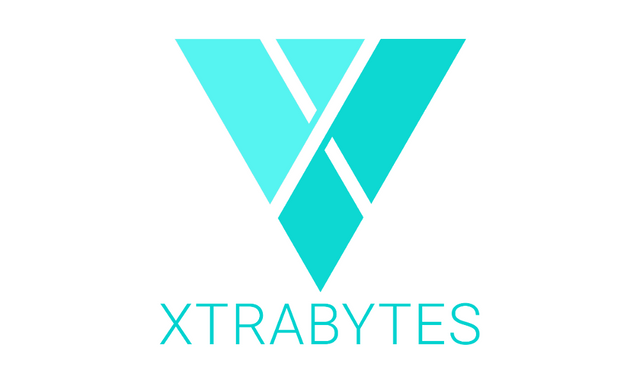XTRABYES - A secure scaling solution.
Among the wave of so-called 3rd generation blockchain protocols is a move against clasical Proof of Work consensus such as with Bitcoin and Ethereum. Primarily, the technology leading the way with this has been Proof of Stake, some utilizing governance or other systems - all with the core principal of seeking true decentralization.
You see, while Bitcoin is decentralized in theory - in practice, this is not the case. Now, this all exists on a spectrum, with many coins finding themselves somewhere in the middle. Bitcoin is a digital currency which is cryptographically secure, each transaction and the creation of each block being created by Proof of Work - the brute-force hardware hashing power of bitcoin miners. However, since this requires more and more specialized hardware as the mining reward - the payout for each block - decreases over time. Likewise, the difficulty increases every day, adjusted as more and more miners join the network as part of this digital gold rush. What this means is that those with access to the hardware easily create a monopoly on the earnings for each block. Initially, bitcoin could be mined on one's personal computer. Then, as the difficulty rose, miners switched to graphics cards, a sort of middle ground on the road to centralization. However, as this becomes an arms race, miners needing better and better cards every year - it pushes the usage of specialised mining units called ASICs. These units are typically produced only by one entity, called BitMain. Thus, centralization in one regard when it comes to access to these machines. As they are more expensive, the higher hash rates justify the prices. What this means, however, is that a very small number of users - often with a lot of capital - can afford to buy these units, and often do en-masse. The result is that the difficulty increases, and the few with massive amounts of these units can control the network, and profit from it.
Proof of Stake and other methods have put less emphasis on the act of mining to protect the network and moreso on other models, such as governance and validation. Ethereum is in the process of migrating to Proof of Stake this year or the next, depending on when the update - called Casper - gets rolled out.
XTRABYTES is a new protocol, however, which takes the best from what can be learned from these emergent strategies and combines them into a scalable, programmable, and secure network. It does this by rethinking the way that consensus is done on the network through a process known as Proof of Signature - which is just a fancy tagline for saying that they use a multi-tiered system of nodes and validators to write each block into history. In fact, the entire ecosystem exists in a series of layers. The node system has several layers, each with specific functions,with flashy names like STATIC, VITALS, and PULSE. As the popularity of solutions like the Lightning Network and sharding, it has become apparent that a multilayered approach is what will be needed to help blockchain scale to the masses. Few projects want to repeat the slow transactions and high transaction costs of early January 2018. Ethereum was famously knocked to its knees by a single application, CryptoKitties, which ran on its network. There are still transactions from that time period which have not yet resolved.

However, what many people liked about Ethereum was its programmable infrastructure - allowing for decentralized appications (called dapps) and the creation of smart contracts. It was like the addiction of Javascript to the early internet network. But it comes with its drawbacks.
XYTRABYTES provides this same utility, plus the developer-friendly integration of custom modules. Think of it like toolkits to save programmers time an energy when joining the platform. Like, when a Python programmer wants to do a host of functions which are not native in the base code can call a module that someone has created, and utilize those features from then on. The most interesting feature, however, is the protocol's ability to use several programming languages. This modularity makes it so that whether you code in Solidity, Python, Haskell, etc you can easily jump on board.
Finally, it is more secure than many protocols. While endeavors like the much-awaited Wraith for Verge were largely vaporware, Xtrabytes utilizes a proprietary protocol called ZOLT, which enables its applications, called Z-apps. That, and its multilayered tiers of validating nodes find the best of both worlds and strives to be the first truly decentralized protocol. The ultimate measure of this is whether the creators of the platform could be removed from the network with no ill effect. In the past, Ethereum has rolled back the clock on its network to undo hacks and other events. That, and its small team of leaders is a marker of centralization. You take Vitalik Buterin out of the picture... no more Ethereum as we know it. Time will tell if Xtrabytes will suffer the same pitfalls. Asof now, the future looks bright.
You can participate in their bounty programs now, and earn tokens yourself, simply by speaking your mind. Do you think this project will live up to the hype? Was there something that wasn't covered here? Share it out, and get rewarded. The only way any of this will work is with adoption, and a healthy network.
Bounty: https://xtrabytes.global/bounty/blog-post
Read the white paper here: https://xtrabytes.global/build/files/whitepaper.pdf
Coins mentioned in post: